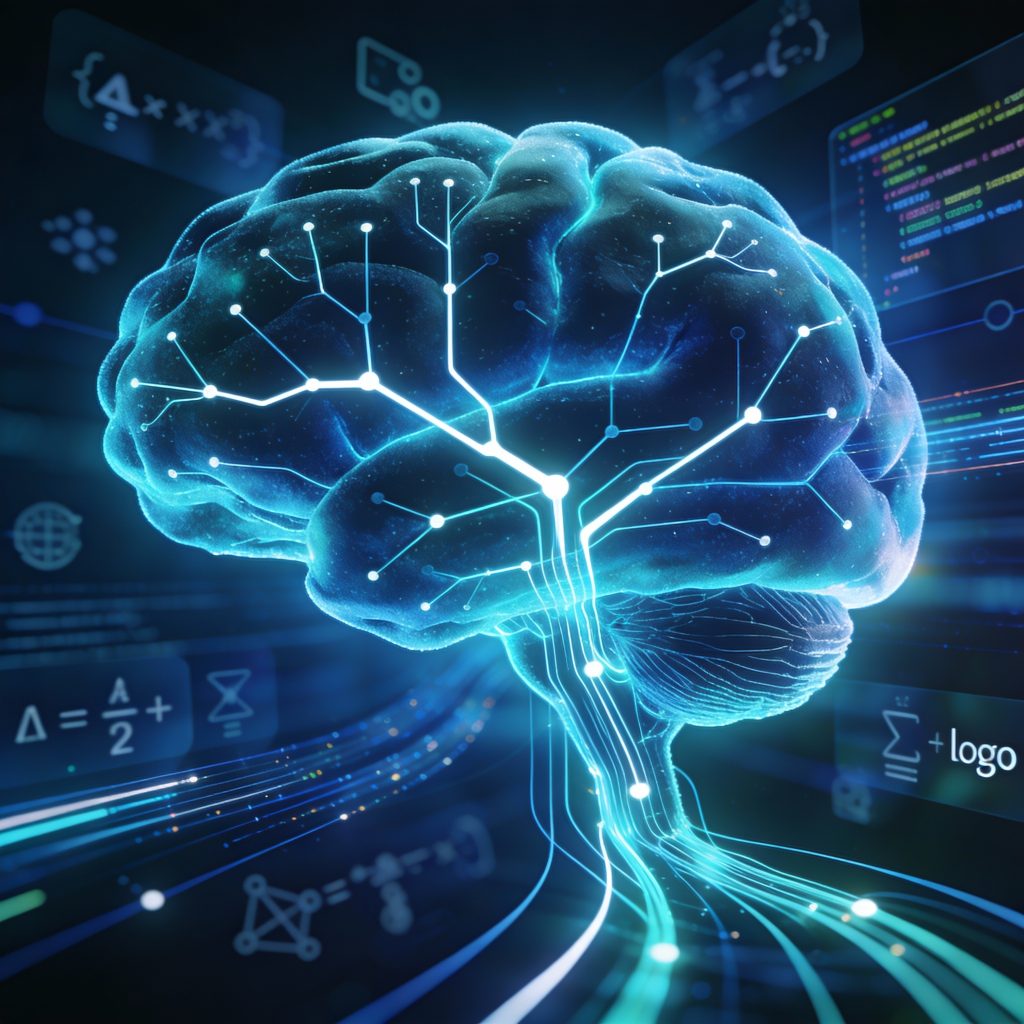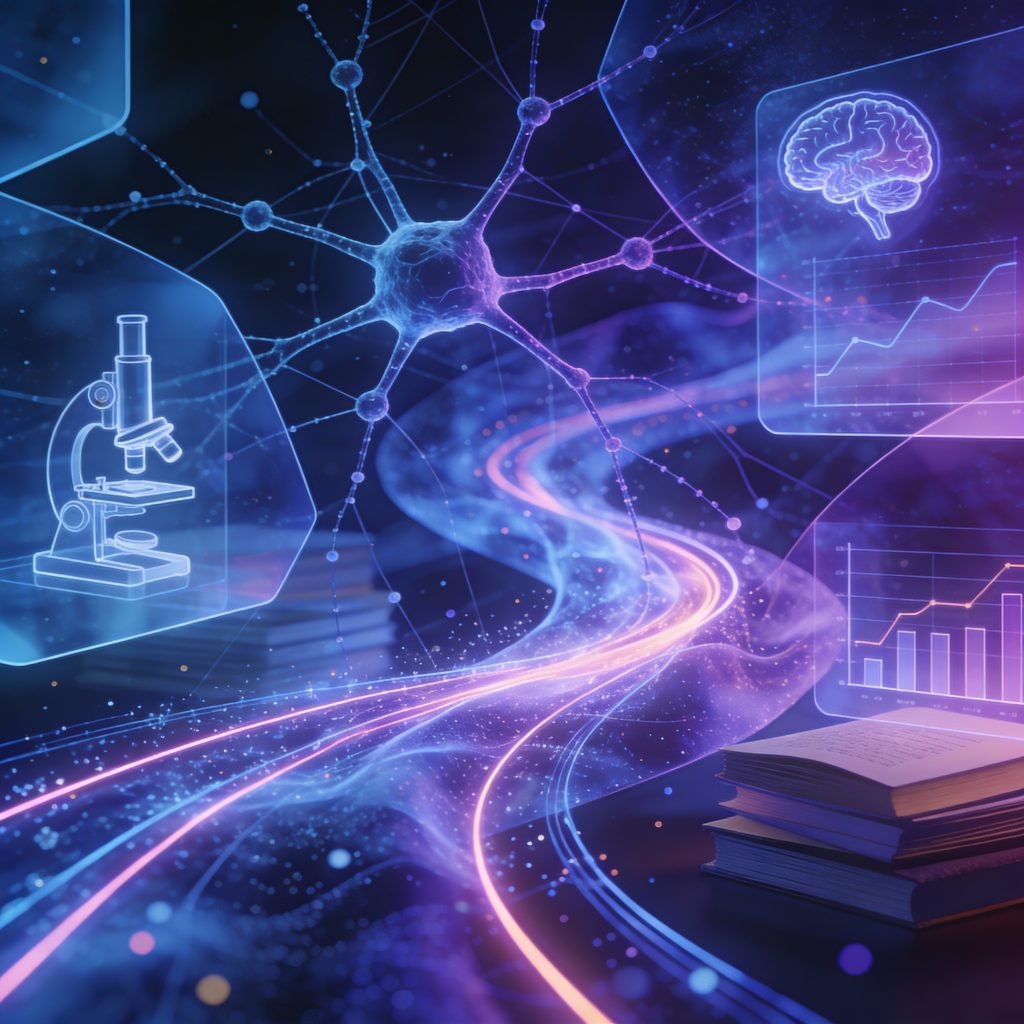
Les tout derniers outils d’IA pour la recherche scientifique à surveiller de près
Chaque année, une nouvelle vague d’outils d’IA arrive dans le paysage de la recherche, tous prétendant « transformer la science ». La plupart parviennent à accélérer les workflows. Bien moins nombreux sont ceux qui améliorent réellement la qualité du raisonnement scientifique. Ce qui distingue la génération actuelle d’outils d’IA dédiés à la recherche, ce n’est pas seulement la vitesse, mais l’endroit où ils interviennent dans le processus scientifique. De plus en plus, ces systèmes influencent la manière de formuler les questions, d’évaluer les preuves et de synthétiser les idées. De notre point de vue, cela représente un changement substantiel dans la façon même de mener l’enquête scientifique. L’un des développements les plus marquants est l’essor de l’« intelligence documentaire » pilotée par l’IA (des systèmes qui lisent, relient et comparent de grands volumes d’articles scientifiques pour identifier les motifs, les convergences et les contradictions). Des outils comme Elicit, Consensus, Scite, ainsi que les fonctionnalités enrichies par l’IA de Semantic Scholar, vont au‑delà de la recherche par mots‑clés en s’appuyant sur des « embeddings » sémantiques (des représentations mathématiques du sens plutôt que de la simple forme des mots). Cela permet de regrouper les études par proximité conceptuelle plutôt que par terminologie partagée. Pour les chercheurs évoluant dans des domaines denses et en rapide mutation (comme les neurosciences, la psychologie et les sciences de la santé) cela reconfigure la revue de littérature en un processus de synthèse active, aidant à clarifier où les preuves convergent, où elles divergent et où subsistent des lacunes. Étroitement lié à cela, on observe l’émergence de la génération d’hypothèses assistée par l’IA (exploration et affinement des questions de recherche à partir de la littérature existante et des jeux de données). Des plateformes comme BenchSci, ainsi que des copilotes de recherche intégrés aux environnements statistiques et de code, aident les chercheurs à repérer, dès la phase de conception, les variables pertinentes, les contrôles manquants et les facteurs de confusion potentiels. Beaucoup de ces systèmes s’appuient sur l’apprentissage par renforcement (une approche d’entraînement où l’IA s’améliore par retours itératifs et ajustements), de sorte que les suggestions évoluent vers un raisonnement plus clair et de meilleurs résultats méthodologiques. Bien utilisés, ces outils ne remplacent pas le jugement scientifique ; ils favorisent une réflexion plus précoce et un design d’étude plus délibéré. Un autre domaine en plein essor est l’IA multimodale (des modèles capables d’intégrer textes, images, tableaux, graphiques et données numériques au sein d’un même cadre de raisonnement). Des outils comme DeepLabCut pour l’analyse du mouvement et Cellpose pour la segmentation d’images biomédicales illustrent comment l’IA peut unifier des flux de données comportementales, visuelles et quantitatives traditionnellement analysés séparément. En recherche sur le cerveau et le comportement, cette intégration est particulièrement précieuse. Relier comportements observés, résultats d’imagerie et notes cliniques écrites favorise une interprétation plus cohérente et réduit la fragmentation qui freine souvent la recherche interdisciplinaire. Nous constatons également des progrès notables en analyse de données et en découverte de motifs pilotées par l’IA (des systèmes qui aident à identifier des tendances et relations significatives au sein de jeux de données complexes). Les plateformes d’AutoML et les outils statistiques augmentés par l’IA abaissent les barrières techniques, permettant aux chercheurs d’explorer plus efficacement plusieurs approches analytiques. Si les bases de la statistique restent non négociables, ces outils peuvent faire émerger plus tôt des pistes prometteuses, guidant des hypothèses et des analyses plus ciblées plutôt qu’encourageant une automatisation indiscriminée. Tout aussi important, l’accent grandissant mis sur la transparence et la reproductibilité (la capacité à retracer les sources, les étapes analytiques et les trajectoires de raisonnement). Des outils comme Scite indiquent explicitement si un article a été étayé ou contredit par des travaux ultérieurs, tandis que de nouvelles plateformes de recherche propulsées par l’IA documentent de plus en plus comment les conclusions sont produites. À l’heure où les inquiétudes envers la « boîte noire » scientifique s’intensifient, cette philosophie de conception compte. Une IA qui renforce la rigueur tout en rendant le raisonnement visible est bien plus alignée avec les valeurs fondamentales de la démarche scientifique que des systèmes qui se limitent à générer des résultats soignés. De notre point de vue, chez Happy Brain Training, la pertinence de ces outils dépasse largement le milieu académique. La pratique fondée sur les preuves exige une recherche non seulement de haute qualité, mais aussi interprétable et applicable. Lorsque l’IA soutient une synthèse plus claire, un design d’étude plus robuste et une interprétation des données plus intégrée, les bénéfices se répercutent jusqu’aux cliniciens, aux enseignants, aux thérapeutes et, in fine, aux personnes qu’ils accompagnent. Le fossé entre la recherche et la pratique se resserre lorsque le savoir devient plus cohérent pas seulement plus rapide à produire. Limites et questions d’accès Malgré leur potentiel, ces outils comportent des limites importantes qui appellent à la vigilance. Beaucoup de plateformes d’IA dédiées à la recherche fonctionnent désormais sur abonnement, avec des niveaux d’accès très variables selon le tarif. La profondeur de la couverture bibliographique, le nombre de requêtes, les fonctionnalités d’analyse avancées et les options d’export évoluent souvent à la hausse avec les formules plus onéreuses. Résultat : l’accès aux capacités les plus puissantes peut être conditionné par le financement institutionnel ou la capacité de chacun à payer. Par ailleurs, la disponibilité des fonctionnalités et les performances des modèles peuvent évoluer au fil des mises à jour. C’est pourquoi les chercheurs devraient vérifier les niveaux d’accès, les sources de données et les limitations auprès de la documentation officielle des plateformes ou des ressources de leur institution avant d’intégrer ces outils à des workflows critiques. Les résumés et recommandations générés par l’IA doivent toujours être recoupés avec les sources originales, en particulier dans les contextes clinique, éducatif ou liés aux politiques publiques. Dans le même temps, la prudence reste de mise. Ces systèmes sont puissants, mais pas neutres. Ils reflètent les données sur lesquelles ils ont été entraînés, les incitations qui orientent leur conception et les hypothèses incorporées dans leurs modèles. L’avenir de la recherche scientifique n’est pas

